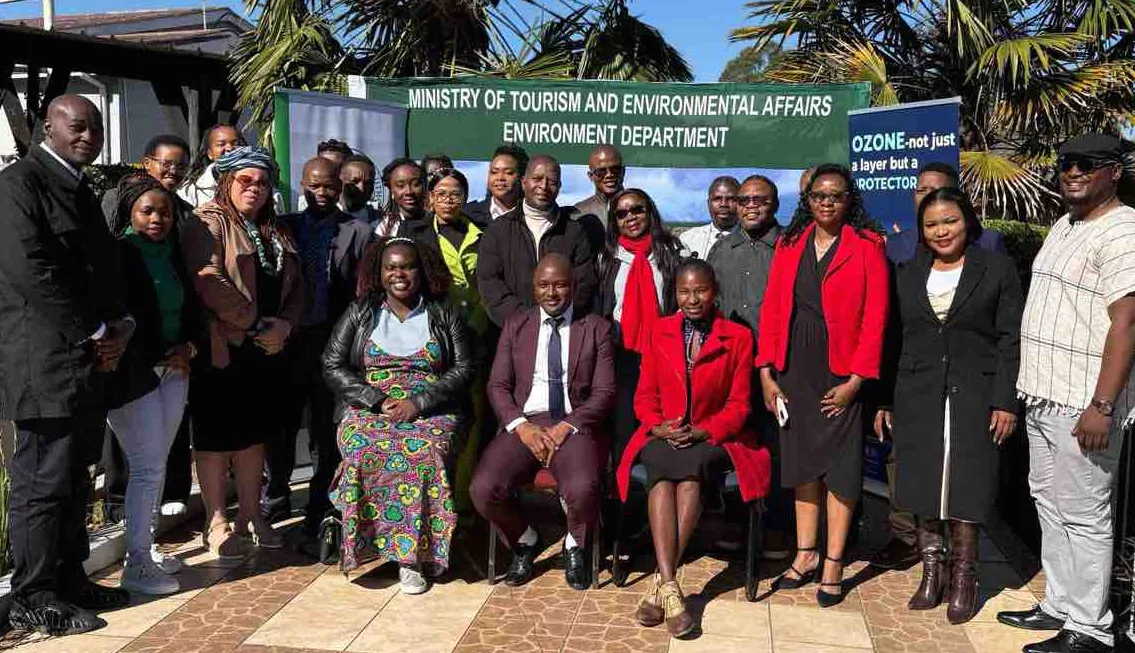|
Getting your Trinity Audio player ready...
|
UNWTO has once again partnered with the fDi Intelligence from the Financial Times to develop a joint publication on global greenfield Investment trends in tourism.
Using both data from fDi Markets and UNWTO, the Tourism Investment Report 2022 found that while the tourism sector has been showing signs of recovery, foreign direct investment (FDI) into the sector remained low in 2021 and continued a downward trajectory in the first half of this year.
Indeed, as the UNWTO data suggests, global tourist arrivals increased by 5.3% in 2021 from the previous year and were almost three times higher in the first quarter of 2022 as they were in the first quarter of 2021. Furthermore, in Europe alone, airport traffic increased by a factor of 3.5 in the first half of this year compared to the same period of 2021. This upward trend is expected to continue as more destinations ease or lift COVID-19-related travel restrictions.
Nevertheless, while passenger traffic has picked up and international tourism continues to recover, this pent-up demand has not yet translated into a recovery in tourism investments. Last year foreign investors announced a total of 250 foreign direct investment (FDI) projects worth about $9.5bn in the tourism cluster, a decrease of 8% from the 271 projects worth $17bn that were announced in 2020.
UNWTO Secretary-General Zurab Pololikashvili says: “This report underlines the importance of providing reliable data on tourism investments to reignite and renew the commitment of governments, private sector partners, and other relevant stakeholders towards building a more resilient, inclusive, and sustainable tourism sector.”
OUTLOOK FRAGILE BUT VARIED
While FDI in the tourism sector remained largely subdued in 2021 the outlook remains fragile following the ongoing geopolitical environment and inflationary global economy. The disruption of international supply chains, increasing workforce shortages and growing pressures on consumers’ cost of living has put capital expenditure plans across the tourism sector on hold.
The drop in global tourism FDI projects and capital expenditures (capex) differs across regions. Tourism capex in Western Europe declined by just 2% between 2020 and 2021 while the Middle East recorded an increase of 70% over the same period. In addition, Africa has experienced early signs of investment recovery, announcing more than twice as many investment projects in 2021 compared to 2020. On the other hand, China’s zero-COVID policy has hampered recovery across Asia and the Pacific, and FDI projects in the region have further decreased by 60% in 2021 from 2020.
Looking at the sub-sectors that attracted more investments, accommodation remains the most relevant with 59% of announced projects. However, there are other emerging sub-sectors including travel tech and software that have been increasing in terms of flows of capital. For example, travel arrangement and reservation services, and software publishers (except video games) represented a combined 21% of announced investments considering data of the top destinations for investment between the periods of 2019-2021.
Among the top investors, Marriott International maintains its position as the largest foreign investor in the tourism sector, investing in 97 projects globally between 2017 and 2021. Furthermore, US-based hotel groups Hyatt International and Travel + Leisure Co secured second and third place, respectively, in the top 10 foreign investors for tourism FDI projects.
Selina remains the only Latin American hotel group in the top 10 and Minor International is the single representative from the Asia-Pacific region among the largest investors. The top 10 list also includes Accor, InterContinental Hotel Group, Barcelo, Melia Hotels International and TUI Group from Europe.
Jacopo Dettoni, editor-in-chief of fDi Intelligence adds: “The tourism industry that is emerging from the pandemic is different to the one that entered. Now, despite the recognized resilience of tourism over the past years, today’s challenges threaten the sector’s full recovery, making tourism investments and innovation more important than ever.”






